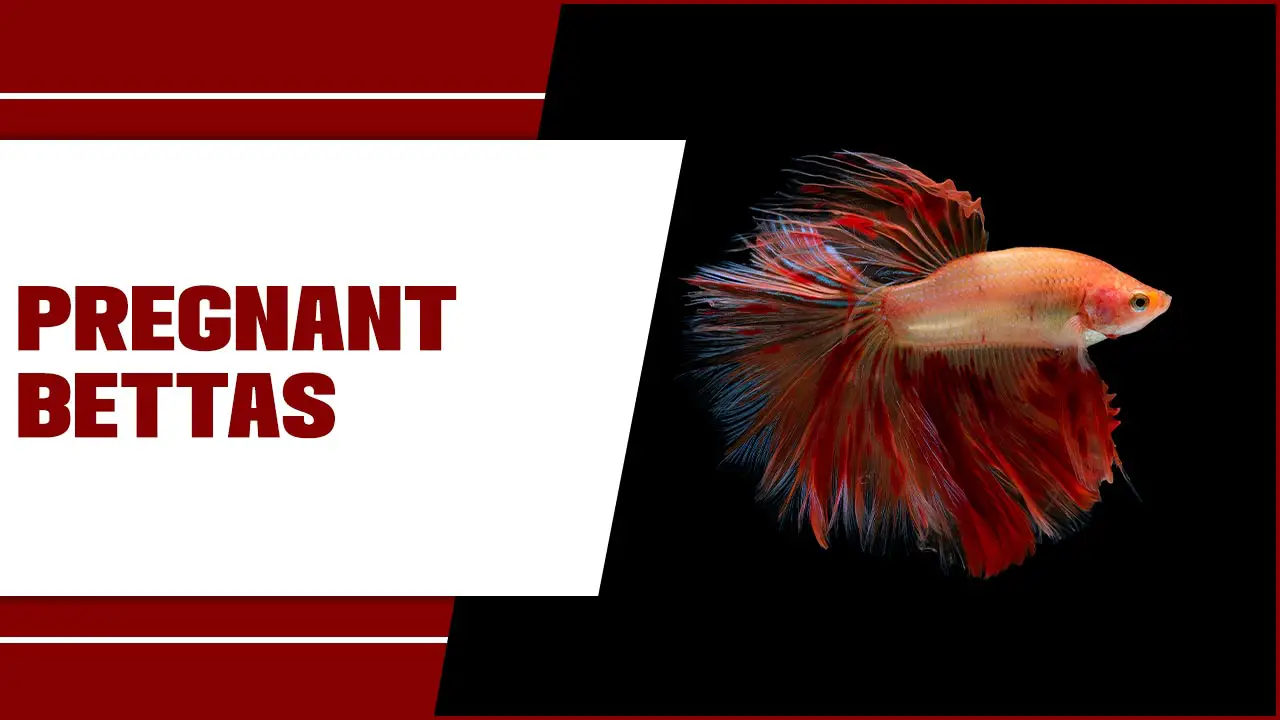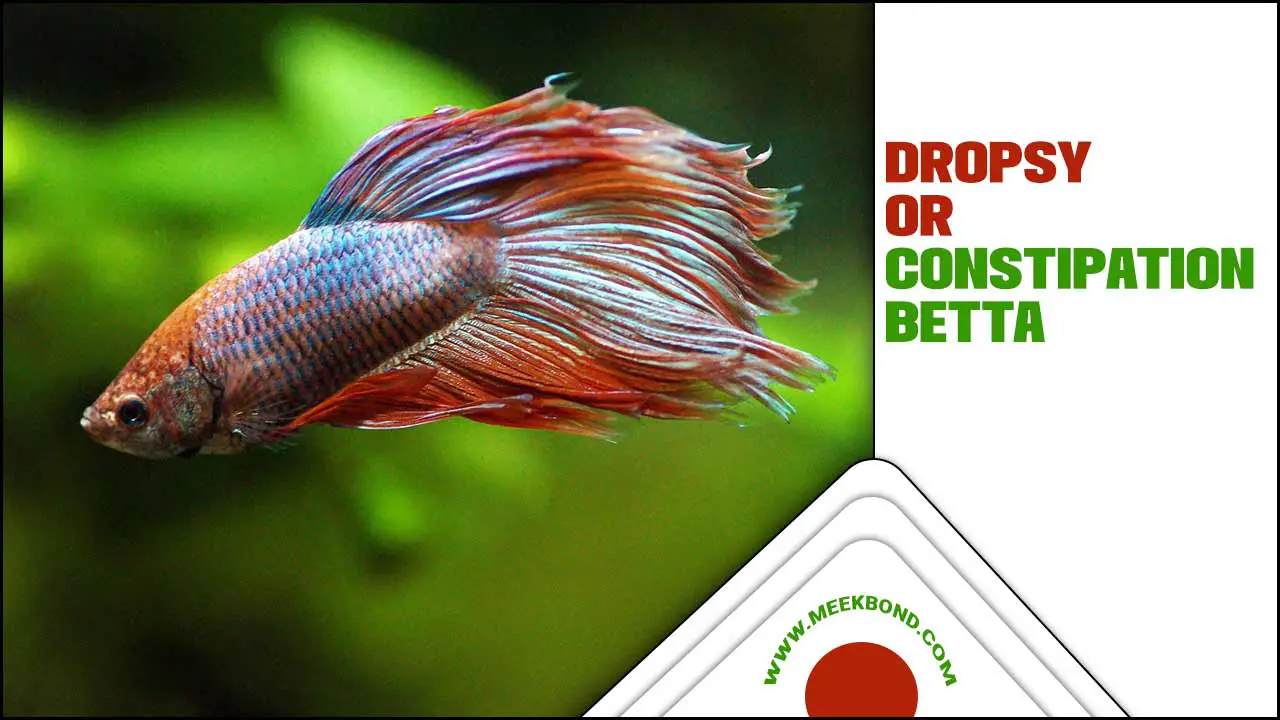Platy fish are popular with aquarium enthusiasts worldwide, known for their vibrant colors, playful personalities, and easy maintenance.
Keeping your platy fish healthy and happy is essential, and maintaining a suitable temperature is crucial to their well-being. A stable and suitable temperature can boost the fish’s immune system, encourage healthy breeding, and prevent harmful diseases.
However, maintaining the ideal platy-fish temperature can be confusing for many aquarium hobbyists, especially those new to the hobby. That’s why we’ve created a quick guide to navigate platy fish temperature successfully.
Here, we’ll explore everything you need to know about platy fish-temperature, including the ideal temperature range, the effects of temperature fluctuations, and ways to regulate the temperature in your aquarium. We’ll also discuss the common misconceptions surrounding platy fish-temperature and provide tips on keeping your fish happy and healthy.

What Is Platy Fish
Many people keep platy fish, a popular freshwater fish, in their aquariums. They are native to Central America and Mexico and are popular for their bright colors and easy-to-keep nature. Platy fish are often recommended for beginner aquarists due to their hardiness and peaceful demeanor, making them a great addition to any community tank.
They are also relatively small, usually growing to around 2-3 inches long, making them suitable for smaller aquariums. Platy fish are omnivores, meaning they eat both plant and animal matter. They feed on small insects, crustaceans, and algae in the wild.
In captivity, they can be fed various commercially available fish foods, including flakes, pellets, and freeze-dried options. Providing a balanced diet to ensure their health and vitality is important.
Measuring Platy Fish Temperature And PH, GH
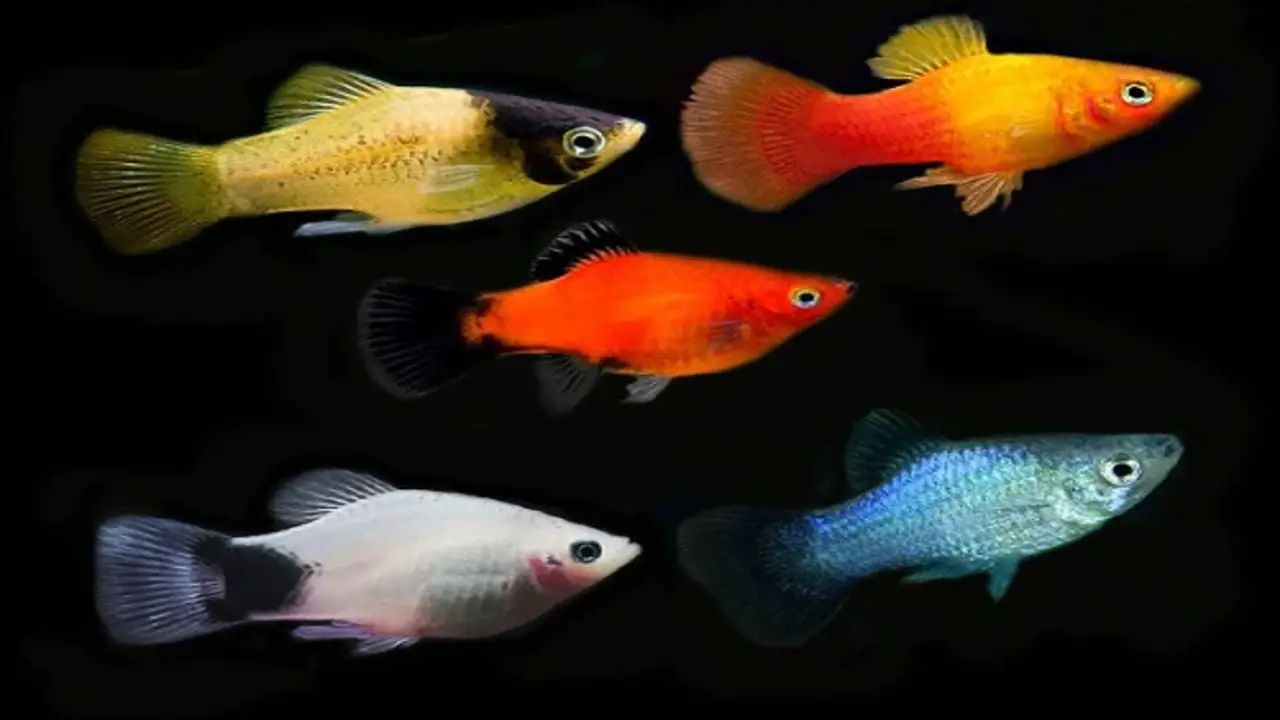
In the world of fishkeeping, it is important to maintain the optimal platy fish temperature and pH levels for healthy and happy fish. Regarding platyfish, their temperature and pH estimation can be crucial for their overall well-being. Ideally, the temperature for platy fish should range between 72-82°F, while the pH levels should be maintained between 7.0 and 8.0.
However, it is important to note that the water’s general hardness (GH) can also play a significant role in the health of these fish. The recommended GH levels for platy fish should be 100-300 ppm.
As a responsible fishkeeper, it is crucial to regularly monitor these levels and make any necessary adjustments to ensure the environment is optimal for your fish. This can involve using a thermometer to measure the temperature of the water, using a pH testing kit to determine the pH levels, and testing the GH levels with a water test kit.
Ideal Water Parameters For Platies
When keeping platies in an aquarium, it is important to maintain ideal water parameters to promote their health and well-being. While plates are popular with hardy fish, maintaining suitable water conditions can help prevent stress and disease. Here are some ideal water parameters to ensure your platies thrive:
Temperature: Platies are tropical fish and prefer water temperatures between 72-78°F (22-25°C).
pH: The ideal pH range for platies is 7.0-8.2, which is slightly alkaline.
Hardness: Platies prefer moderate to hard water with a 10-25 dGH hardness level.
Ammonia/Nitrite/Nitrate: It is important to test the water regularly and ensure that ammonia and nitrite levels are at zero, while nitrate levels should be kept below 40 ppm.
Filtration: A good filtration system is essential for maintaining water quality and ensuring plant health.
Here is an informative table on this topic:
| Fish species | Platy fish |
| Temperature range | 75-80°F (24-27°C) |
| pH range | 7.5-8.5 pH |
| General hardness (GH range) | 10-20 dGH (178-356ppm) |
GH Levels And Their Impact On Platy Fish
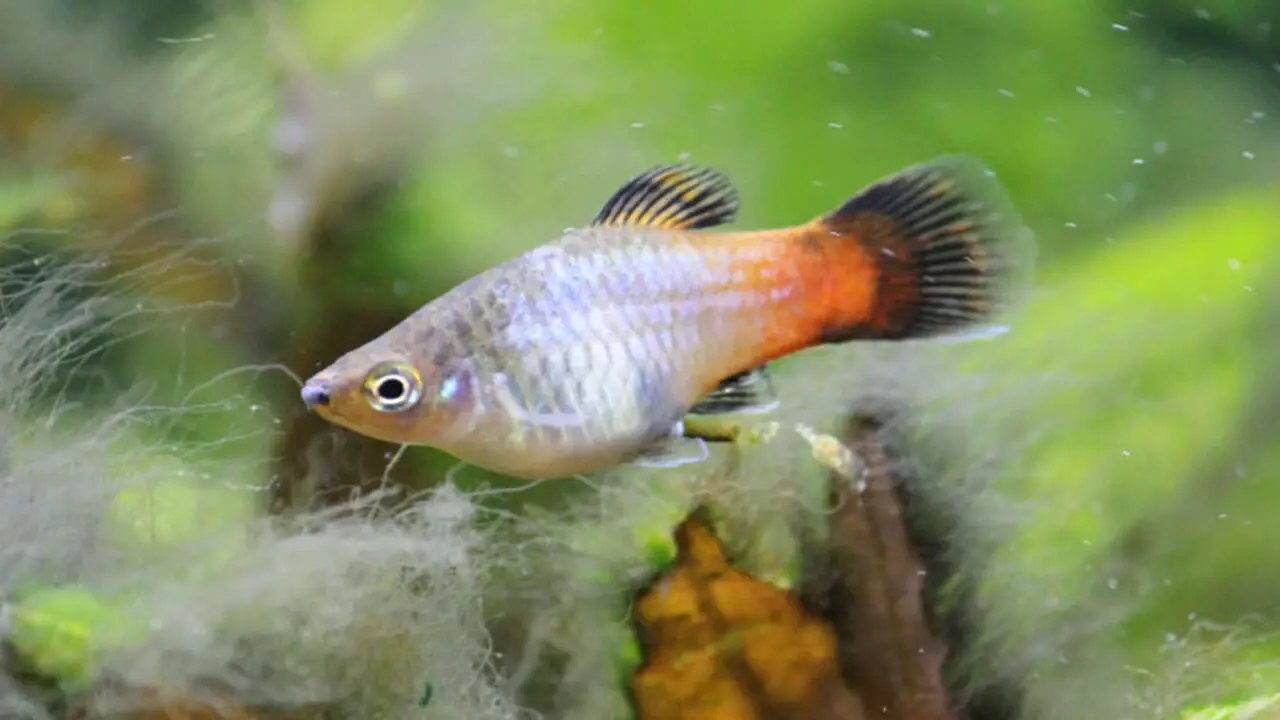
GH levels, which refer to the hardness or mineral content in water, can significantly impact the health and well-being of platyfish. These fish require a consistent GH level in their environment to thrive. Fluctuations in GH levels can cause stress and even lead to illness or death in platyfish. High GH levels can make the water too hard, which can cause problems with the fish’s ability to regulate their internal salt and water levels.
This can lead to serious health issues such as kidney failure, which can be fatal if left untreated. On the other hand, low GH levels can make the water too soft, leading to poor growth and development in young platyfish. It can also weaken immune systems, leaving the fish more vulnerable to disease and infection. Therefore, platy fish owners must monitor and maintain consistent GH levels in their fish tanks.
Factors That Affect Temperature, Ph, And GH In Platy Fish Tank
Platy fish are popular aquarium pets that require a comfortable and stable environment. Temperature, pH, and GH are crucial factors affecting these fish’s health and well-being. Several factors can influence the temperature of a platyfish tank, including:
Room temperature: The temperature in the room where the aquarium is located can affect the water temperature.
Heater: A reliable heater can help maintain a consistent temperature in the tank.
Lighting: Bright lights can generate heat and increase the temperature of the water.
The pH level of the water is another essential factor that can affect the platyfish’s health. A pH level between 7.0 and 8.0 is ideal for plates.
Some factors that can influence the pH level in the tank include:
- Regularly checking the pH level of the water in the platyfish tank
- Maintaining a pH level of 7.0 to 8.0 to ensure the health of the platyfish
- Monitoring factors that can influence pH levels, such as water source, substrate, and decorations in the tank
- Adjusting the pH level using appropriate products, such as pH buffers or pH adjusters, if necessary
- Consult with a veterinarian or experienced aquarist if there are concerns about maintaining the appropriate pH level in the platyfish tank.
Maintaining Temperature, Ph, And GH Levels In Platy Fish Tank
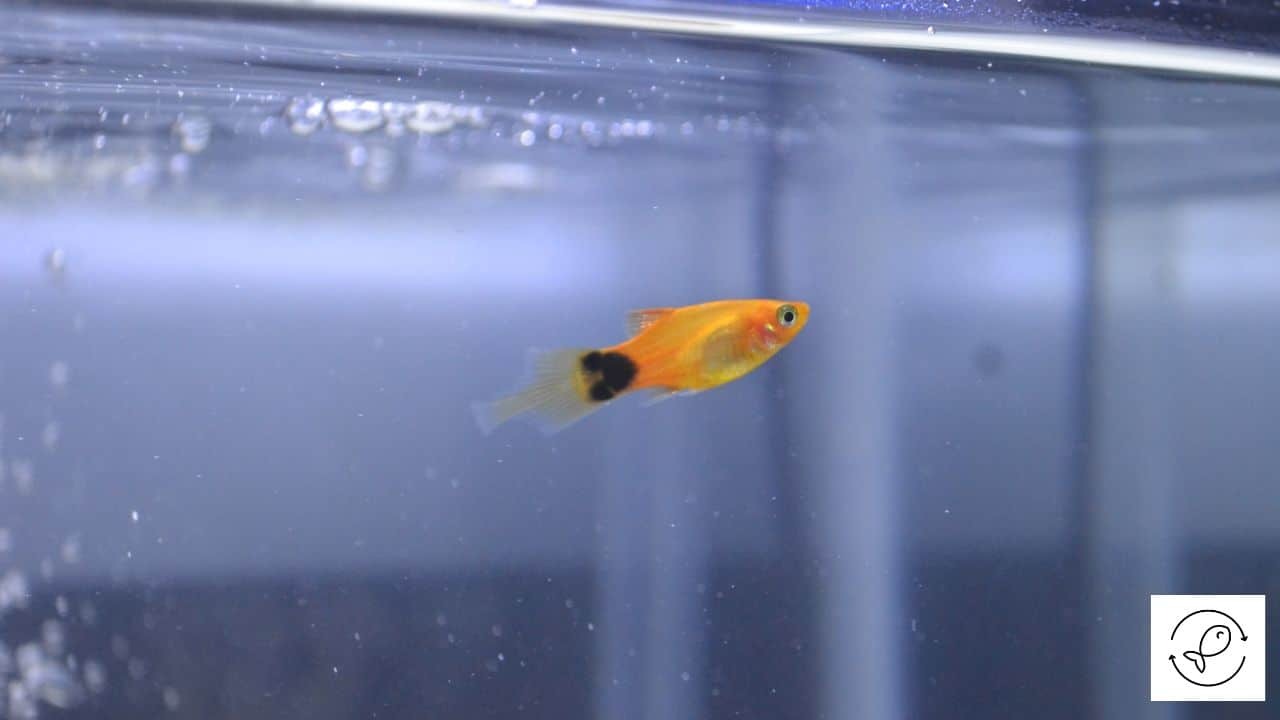
Maintaining appropriate temperature, pH, and GH levels in a platyfish tank is crucial to ensure the health and well-being of the fish. Platies are tropical fish that require a water temperature between 72-82°F, and any deviation from this range can result in stress and illness. It is essential to use a reliable thermometer to monitor the water temperature and adjust the heater to maintain the desired temperature.
pH levels in the tank should be maintained between 7.0-8.2, and a pH testing kit can be used to check and adjust the pH level as needed regularly. Additionally, GH (general hardness) levels should be maintained between 100-250 ppm, and frequent water changes can help to achieve and maintain the desired GH level.
It is important to avoid sudden changes in these levels, as this can cause stress and illness in the fish. Proper maintenance of these levels will help create a healthy and stable environment for the platies to thrive.
How To Test Your Water Parameters
If you are an aquarium owner, it is important to maintain the water quality in your tank. This can be achieved by regularly testing your water parameters. Here are some points on how to test your water parameters:
Purchase a reliable water testing kit: Various kits are available in the market that test different parameters such as pH, ammonia, nitrate, nitrite, etc. Choose a kit that suits your requirements.
Follow instructions: Each testing kit has its own instructions. Make sure you follow them carefully to get accurate results.
Test at the right time: Some parameters, like pH and temperature, can fluctuate throughout the day. Therefore, it is recommended to test these parameters simultaneously every day.
Record your results: Record your test results in a notebook or phone. This will help you track any changes in your water parameters over time.
Action if necessary: The test results indicate your water parameters are not within.
Common Problems With Temperature, Ph, And GH Levels In Platy Fish Tank
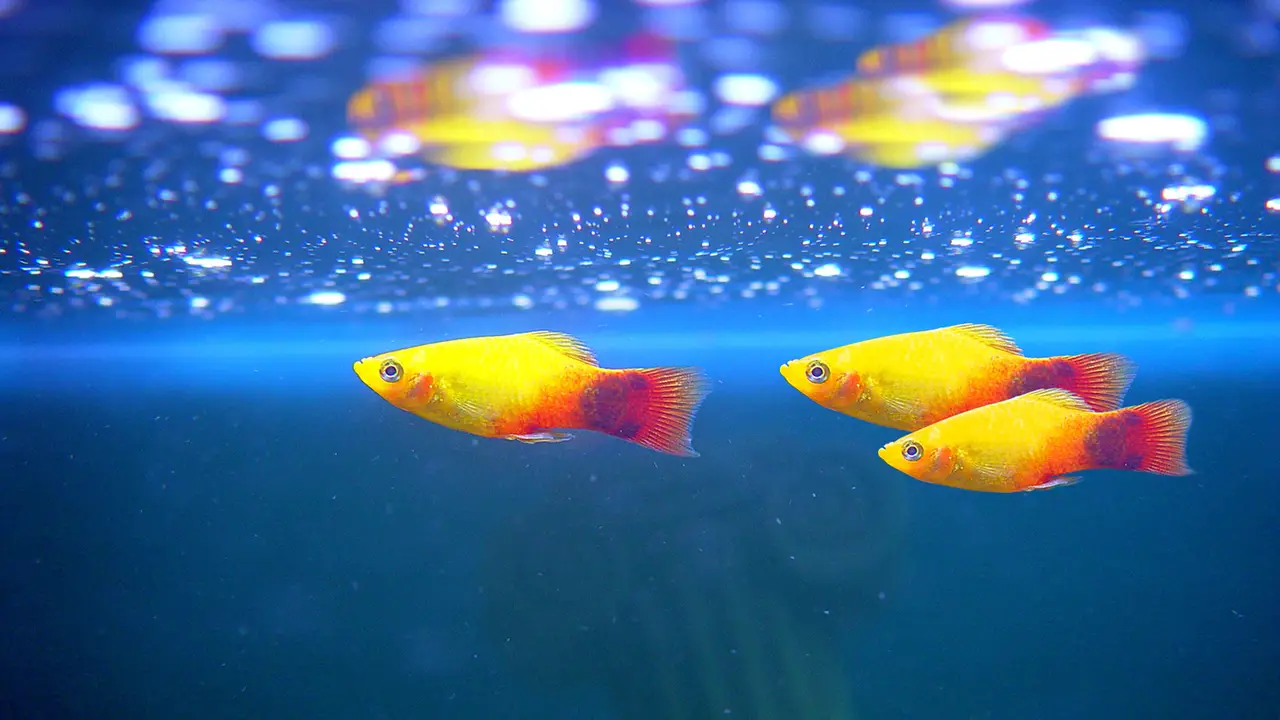
Platy fish, also known as Xiphophorus maculatus, are popular among freshwater fish enthusiasts due to their vibrant colours and ease of care. However, like any aquarium, maintaining proper water conditions is crucial for the health and well-being of the fish. Here are some common problems that can arise with temperature, pH, and GH levels in a platyfish tank:
- Fluctuations in temperature can cause stress and illness in platyfish.
- Poor water circulation can lead to uneven temperature distribution in the tank.
- High pH levels can harm platy fish by causing damage to their gills and skin.
- Low pH levels can also be harmful and lead to difficulty regulating oxygen levels for the fish.
- High GH (general hardness) levels can cause calcium buildup in the tank and lead to hard water.
- Low GH levels can cause a lack of essential minerals for the fish, leading to health problems.
- Overfeeding can cause excess organic waste in the tank, leading to poor water quality and potential pH imbalances.
- Insufficient filtration can also contribute to poor water quality and GH imbalances.
- Overstocking the tank can lead to excess waste production and increased stress on the fish.
- Regular water testing and maintenance can help prevent and address issues with temperature, pH, and GH levels.
Troubleshooting Techniques
As a fish owner, it can be concerning when you notice that the temperature in your platy fish tank is not ideal. However, you can use various troubleshooting techniques to identify and resolve the issue. Here are some bullet points summarizing those techniques:
- Use a thermometer to check the actual temperature of the tank water.
- Ensure the heater is properly functioning and set to the desired temperature range.
- Check the tank’s location and ensure it is not exposed to direct sunlight or an area with extreme temperature changes.
- Inspect the filtration system and ensure it is not causing any temperature fluctuations.
- Consider adding a second heater to the tank if it is large or if the room temperature is consistently low.
- Gradually adjust the temperature over several days to prevent shocking the fish.
- Observe the behavior of the fish – if they are lethargic or hiding, it may indicate that the temperature is too low.
- Always monitor the temperature and make adjustments.
Conclusion
The ideal temperature for platyfish is between 70-80°F. Temperature plays a crucial role in platy fish’s overall health and well-being. Therefore, fish keepers must maintain a consistent temperature in their aquariums to ensure the optimal environment for their platyfish.
By adhering to the recommended temperature range, fish keepers can create a comfortable and stress-free environment for their platyfish, improving their health and longevity. It is important to note that other factors, such as water quality, diet, and tank size, should also be considered when caring for platyfish. We have provided bulk information on platy fish temperature and hope our information was helpful from your perspective.
FAQ
How Can I Maintain The Ideal Temperature For My Platy Fish?
You can maintain the ideal temperature for your platy fish using a quality aquarium heater and thermometer. Ensure that the heater is set to the appropriate temperature, and regularly check the thermometer to ensure the temperature is consistent.
Can Platy Fish Tolerate Extreme Temperature Changes?
No, platyfish are sensitive to extreme temperature changes and can become stressed or die.
What Happens If The Water Temperature Is Too High For Platy Fish?
If the water temperature is too high for platyfish, it can reduce the oxygen level in the water and cause health problems for the fish.
What Should I Do If The Water Temperature Is Too Low For Platy Fish?
If the water temperature is too low for platyfish, you should use a heater to increase the temperature slowly to the ideal range.
How Often Should I Check The Water Temperature For My Platy Fish?
You should check the water temperature for your platy fish daily to ensure it stays within the ideal range.

Aquarium passion is all about connecting with the aquatic life and providing education to the public on the importance of these creatures. We showcase a wide variety of marine life through our exhibits as well as working with schools to provide unique learning opportunities for students of all ages.


